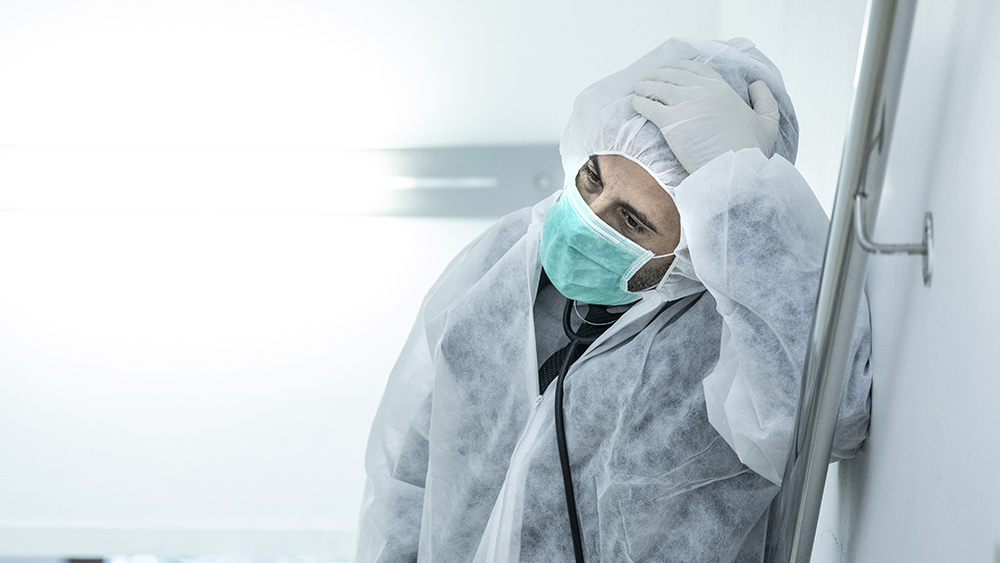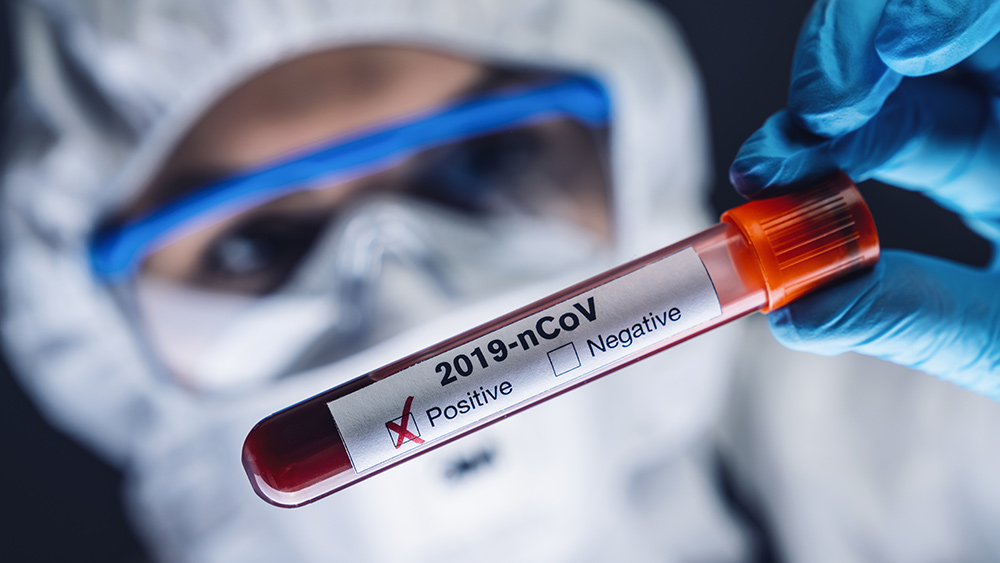CDC accidentally releases infected patient from quarantine, then calls them back… total incompetence will get us killed
02/11/2020 / By Ethan Huff

The first American to be evacuated from Wuhan, China, and later diagnosed with a confirmed case of novel coronavirus was reportedly released from the hospital by accident, effectively putting the rest of the population at risk of infection.
Reports indicate that the patient was mistakenly discharged from the University of California San Diego Medical Center after initially testing negative for the disease, only to be called back to the facility after it was realized he had actually tested positive.
The hospital says the patient is “doing well and has minimal symptoms,” and was released back to the quarantine compound from which he was initially taken. But the fact that his early symptoms were dismissed as a “false alarm,” only to later be identified as the real deal, screams of the type of incompetence that could lead to a deadly outbreak here on American soil.
This patient’s diagnosis makes him the 13th official coronavirus case in the United States – that we know of, anyway.
“CDC officials advised San Diego Public Health that further testing revealed that one of the four patients tested positive,” reads an official statement from the hospital, the other three patients being among the 232 American citizens who were flown back via charter plane from Wuhan last week.
“The confirmed positive patient was returned to UC San Diego Health for observation and isolation until cleared by the CDC for release,” the statement goes on to explain.
Be sure to check out this episode of The Health Ranger Report in which Mike Adams, the Health Ranger, discusses how novel coronavirus is now spreading at fitness gyms throughout China:
Don’t forget: Novel coronavirus may not show symptoms for a full two weeks, but is still contagious during that time
As of this writing, there are now more than 42,000 confirmed cases of coronavirus worldwide, along with more than 1,000 deaths, the vast majority of which are in China.
At the same time, new cases continue to trickle in here in the States, with many more likely on the way now that we know the virus can lie dormant in an infected person for up to two weeks without showing any symptoms. And during this time, it’s still contagious, meaning many people could be infected right this moment and not even know it.
According to the CDC, none of the other 228 evacuees on the two separate charter flights that arrived on US soil last week have tested positive for coronavirus. But again, that could change seeing as how authorities screwed up this San Diego case by erroneously reporting it as a negative.
The other three suspected cases of coronavirus are also being officially reported as negatives.
“Monday’s San Diego case is the first confirmed case in San Diego County since the deadly outbreak began,” writes Marlene Lenthang for the DailyMail Online. “Seven of the U.S. coronavirus cases are in California.”
While the official story reads that novel coronavirus has a maximum incubation period of 14 days, new evidence has emerged to suggest that the virus can actually incubate for as long as 24 days, or more than three weeks. Meanwhile, the CDC is continuing to release Wuhan evacuees not only in California but also in Texas and Nebraska.
“Although a 14-day quarantine will no doubt cover the vast majority of possible carriers, if even 1% of patients demonstrate incubation periods lasting significantly longer than 14 days, that’s still enough to spark an outbreak in the general population,” warns Mike Adams, the Health Ranger.
To keep up with the latest coronavirus news, be sure to check out Pandemic.news. You can also hear the latest about novel coronavirus from the Health Ranger himself by checking out the official Health Ranger Report Brighteon channel.
Sources for this article include:
Tagged Under: CDC, Centers for Disease Control and Prevention, China, coronavirus, hospital, incompetence, infectious disease, novel coronavirus, outbreak, pandemic, patient, quarantine, release, San Diego, Wuhan
RECENT NEWS & ARTICLES
Pandemic.News is a fact-based public education website published by Pandemic News Features, LLC.
All content copyright © 2018 by Pandemic News Features, LLC.
Contact Us with Tips or Corrections
All trademarks, registered trademarks and servicemarks mentioned on this site are the property of their respective owners.





















